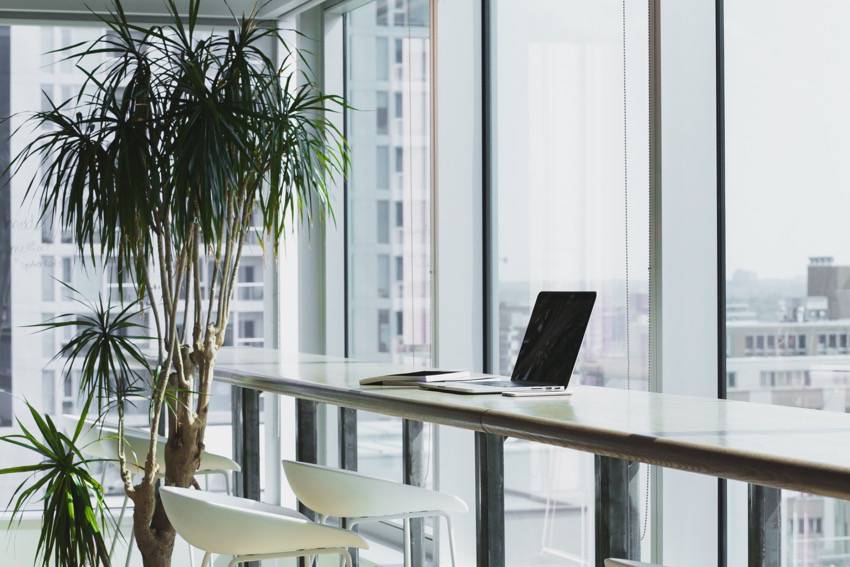23rd September 2021
Zoom fatigue

After being sat at home in back-to-back zoom meetings, physically, you haven’t left the house, and yet, by the end of the day, you feel shattered. But why?
What people don’t realise is being on camera is actually using a lot more energy than we might realise. Sitting in front of the camera, we are aware of ourselves, the people in the meetings, not only trying to engage in important topics but psychoanalysing ourselves too: body language, slumping, looking engaged – constantly, staring into the camera lens as we don’t want to seem as though we aren’t paying attention, from one meeting to the next.
In real life, how often do you stand within three feet of a colleague and stare at their face? Or stare at yourself for hours on end? Unless your office walls are mirrored, the likelihood is probably never. This is because having to engage in a “constant gaze” usually feels quite awkward. In person, we can use our peripheral vision to glance out the window or look at others in the room. Without the visual breaks we need to refocus, our brains grow fatigued.
Below we have established three top tips to avoid zoom fatigue:
1. Minimise the zoom screen during the meeting
Research shows that when you’re on video, you tend to spend the most time gazing at your own face, so minimising the screen is an obvious option. This means that you can listen intently without the distraction of staring at the screen for a long period of time. What’s more, it avoids the distraction of nosey-ing into other people’s home environments. You might even strain to see what books they have on their shelves or the photos behind them. Your colleagues probably understand more than you think — it is possible to listen without staring at the screen for a full thirty minutes.
2. Make time for a cuppa’ between meetings
If back-to-back meetings via zoom are unavoidable, make sure you schedule at least 15 minutes to stretch your legs, make a brew and if possible, take a small walk around the block to take in some fresh air and revive yourself. This will not only benefit yourself mentality but will also prepare you better for the next meeting by allowing yourself a little time to reset.
3. Vary your meeting platforms
Remember, zoom isn’t the default method of meeting people virtually. Can the meeting be taken on a simple telephone call, virtual messenger such as teams or walk and coffee? Try and switch up the platforms you use and arrange different types of meetings throughout your week to avoid long periods of zoom calls and being sat in the same position, gazing at yourself and colleagues for long period of time.
Incorporating these 3 steps could help beat Zoom fatigue once and for all!